The term 'Keto' and 'Low Carb' are usually used interchangeably and most people think they mean the same thing, but while related, there is a subtle difference.
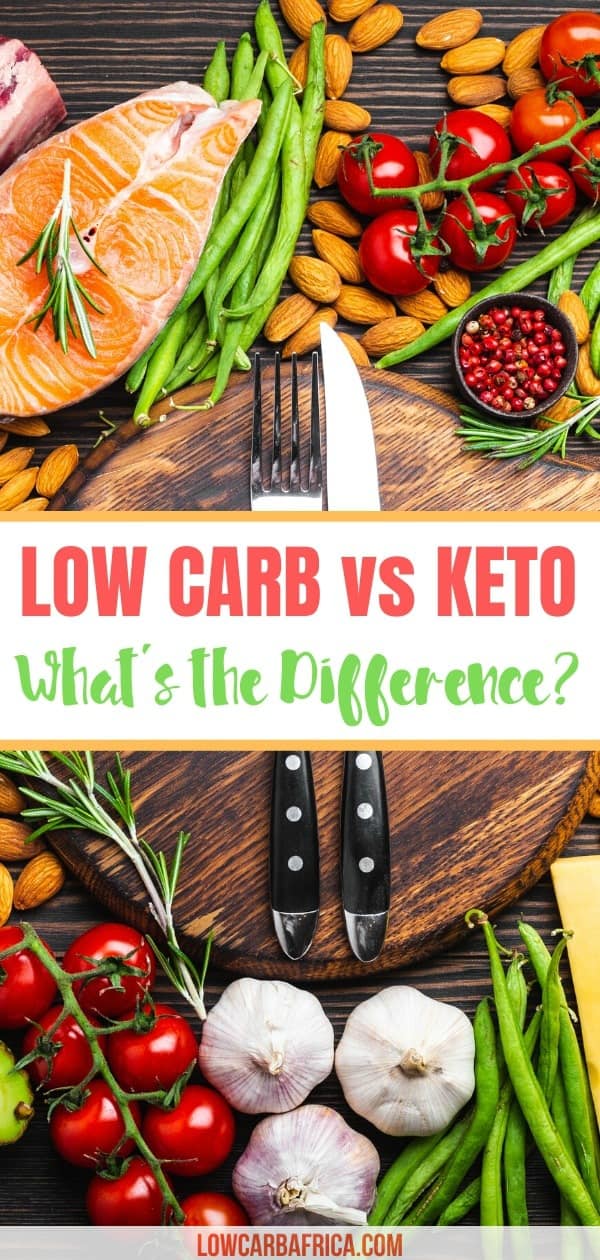
Want to Save This Recipe?
Enter your email & I'll send it to your inbox. Plus, get great new recipes from me every week!
By submitting this form, you consent to receive emails from Low Carb Africa.
What is the Keto Diet?
Keto diet, which stands for the Ketogenic diet, is a very low carb, moderate protein, high-fat diet. It usually involves cutting down your carbs to about 25g and eating more healthy fats.
The key here is healthy fats because all fats are not created equal. You need good fats like avocados, palm oil, coconut oil, butter, fatty fish, cheese. You also want to avoid processed, unhealthy fats like margarine and vegetable oils such as sunflower oil, corn oil or soybean oil. Here is a beginner's guide that talks about the keto diet in greater detail.
What is a Low Carb Diet?
Low carb means eating low carb, moderate protein, high-fat diet. Similar to keto right? Yes, except on the keto diet, you need to consume a maximum of 25g of carbs but on the low carb diet, you eat about 25 to 75g of carbs depending on your activity level and goals.
In other words, keto diet is a form of low carb diet but low carb is not necessarily keto. Got it? Moderate low carb is actually 25 to 50g of carbs, while 50 to 100g of carbs is considered liberal.
Those that stick with the more liberal low carb diet and still see results are usually involved in heavy intensity exercises and weight lifting.
What is the science behind eating keto or low carb?
Here is a really condensed version. Your body primarily burns carbohydrates for energy but when you reduce the carbs you eat, your body enters a state called ketosis where it uses stored fat for energy.
What happens is that the fat in your body begins to break down (hello, weight loss!) and you begin to reap the benefits of lower sugar intake since carbs break down to sugar in the body. This includes less inflammation, reversing diabetes, clearer skin, hormonal balance, better brain function, tons of energy, among others.
There is some science that shows the ketogenic diet helps some forms of cancer and acts as a complementary treatment to chemotherapy and radiation**. If you like technical documents, this really explains the science behind the keto diet.
Eating healthy fats actually makes you stay full for longer periods so you automatically eat less quantity of food and less frequently. You also avoid the afternoon slump after eating a big meal.
It might seem contrary to what you know that eating fat won’t make you fat. I’ve been there; I struggled to accept this for years because it just didn’t make any sense. But the truth is sugar and an over-indulgence of carbs are the real culprit.
I did a lot of research and was shocked to find out that we started becoming an obese nation when full fat was replaced with low-fat and processed junk. I also wrote about my experience going low carb in the first place and you can read about it here.
Some people find it hard to do the keto diet because it’s too restrictive or difficult to maintain long-term. The good news is you can just eat low carb and still lose weight and be healthy. You can even go back and forth between both depending on your goals.
Here are some delicious keto and low dishes to jumpstart your weight loss goals!
Broccoli Salad with Bacon and Sunflower Seeds
**This is not meant to be medical advice and of course, consult with your doctor if you have any serious medical condition.
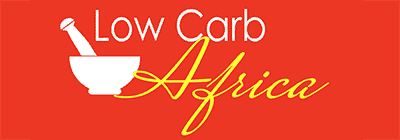

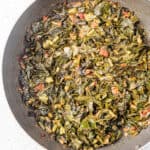
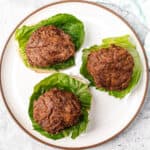
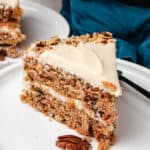
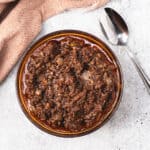


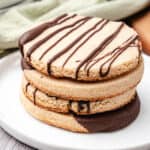
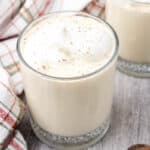
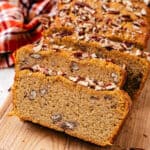

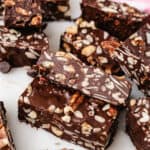

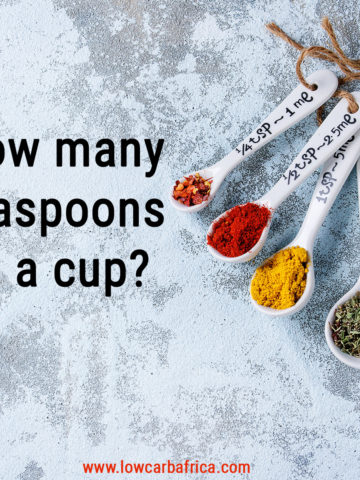


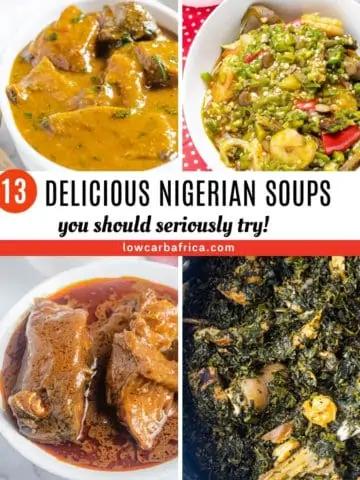

I will start the Keto lifestyle very soon and look forward to your recipes and information on staying on track. Thank you!
Thanks Patricia. Best of luck in your keto lifestyle!